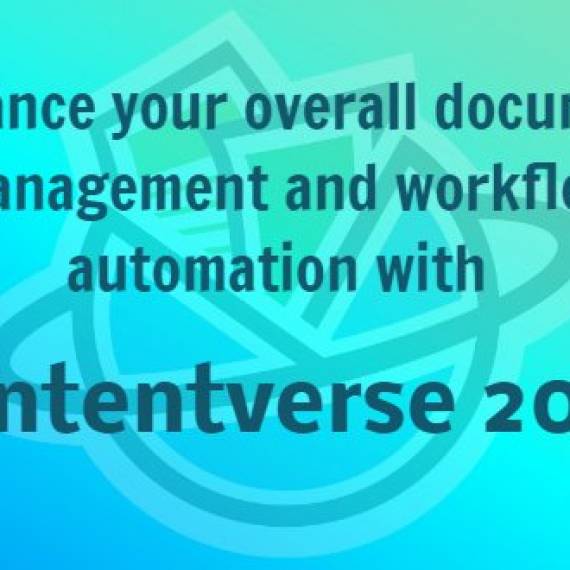If you harbor any doubts about the mobile workforce, look around you. On the commuter rail, in the local coffee shop, on the playground–pretty much everywhere you cast a glance–there are people conducting business on devices as they go about their day.
Some of these devices are company-owned, but often they are not. Increasingly, people are using their own smart phones and tablets across both their personal and professional lives, a phenomenon known in the industry as “bring your own device” (BYOD).
In keeping with the trend, people now expect to have a singular experience–getting anytime, anywhere access to the information, documents, and materials they need to do their job just as they would using their smartphone to find information on a personal level, say to track down the nearest Chinese restaurant or to look up show times for a movie.
The desire for mobility and real-time access to business information is starting to creep into the enterprise content management space. Workers want access to the right information at the right time in the right place, and increasingly that means from their smartphone or tablet while on the road, working from home or collaborating with customers at a satellite office.
According to “ECM at the Crossroads,” a report by industry group AIIM, 45% of respondents say mobile access to content is very important or vital. Yet the report found that even though mobile devices are nearly universally accepted, ECM is still stuck in the PC age. Only 11% of survey respondents were currently offering a mobile-optimized browser interface to their ECM.
There is risk associated with putting off mobile ECM. If companies don’t start offering mobile access to critical business content, users are simply going to take matters into their own hands and start leveraging tools like consumer-grade file sharing systems and free cloud-based platforms to manage and share information on their devices. Think about how the scenario could play out. Companies wind up back in a situation where content silos are the norm and documents once again find life outside of the central ECM repository. That’s a trip no one wants to take, right back to world of fragmented data and opening the door to information security risks.
With so much at stake and in light of heightened demand for mobility, what exactly are companies waiting for? For one thing, they are waiting for ECM vendors to get serious about offering mobile access to their systems. Many ECM leaders, Contentverse included, are adding mobile-friendly Web access to their platforms to allow users to view content from anywhere, allowing them to save time and always be connected to critical business documents whether in the office or at the beach.
Companies also want to feel comfortable that their trusted corporate content will be secure if access is opened up to mobile devices. Again, ECM vendors are addressing those concerns, expanding the security capabilities of their systems to encompass the mobile paradigm.
Still, companies have to do their part as well. They need to be diligent about updating their corporate policies and information governance practices to accommodate mobile access of corporate data. Among the necessary best practices: Adopting tools like Mobile Device Management and instituting policies like remote wipe in the event a device is stolen or lost.
In the end, companies aren’t really interested in a new way to provide mobile access to their content. They don’t want to deal with learning, managing, and configuring different ECM configurations for the Web, office, or mobile. They ultimately are looking for a seamless and consistent user experience whether they are accessing documents and content from their laptop in the office or on their smartphone in the field. That’s the direction where mobile ECM needs to head.
About the Author:
















Leave a Comment